When we talk about beneficials for the garden, don't forget about frogs and toads. Both are total carnivores, eating grasshoppers, beetles, cutworms, flies, slugs, and all kinds of insects. They will not eat your plants! See how to attract these "good guys" to the garden.
All toads are frogs but not all frogs are toads. There are 3 types of frogs:
- Toads are frogs with dry thick skin that enables them to survive under dry conditions.
- True frogs are the wetland lovers that you find in the local pond.
- Tree frogs live in plants and trees.
Familiar Frogs in the Garden
Here are a few you may be familiar with:
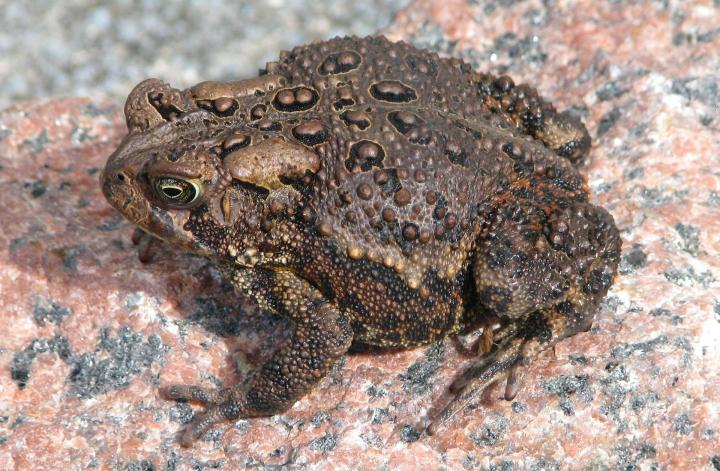
- The American toad (Anaxyrus americana) will eat any critter it can get into its mouth and swallow! The bumps on its skin are not warts, nor will they give you warts if you touch them. They are glands that secrete a bad-tasting substance, making the toad inedible and protecting it from being eaten by a larger animal. A toad's skin quickly absorbs chemicals like pesticides, fertilizers, and other pollutants, making it the "canary in the coal mine" for judging the health of an ecosystem. If you have an abundant toad population in your garden, it means you have a clean environment. Their mating call is very melodic and lasts from 5-30 seconds. It was called "the dream of the toad" by Henry David Thoreau.
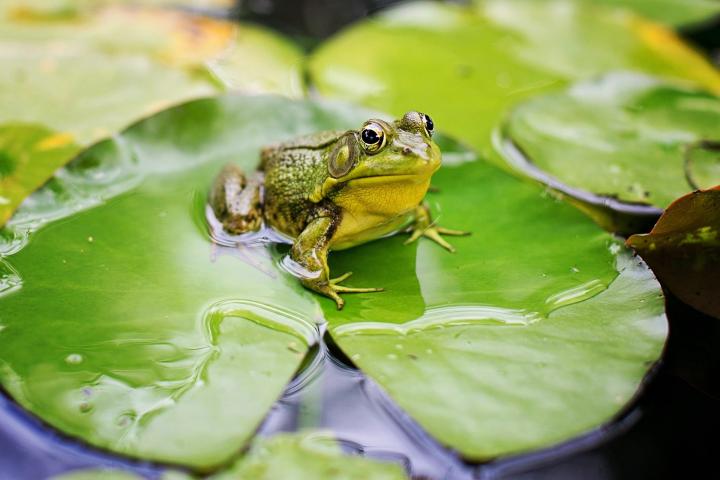
- The American bullfrog (Lithobates catesbeiana) is the largest native frog in North America, growing up to 8 inches long. It will eat anything smaller than itself, including other frogs, snakes, birds, rodents, and insects. Males have a yellow throat, and the female's throat is more whitish. The males make the familiar low "jug-o-rum, jug-o-rum" call.
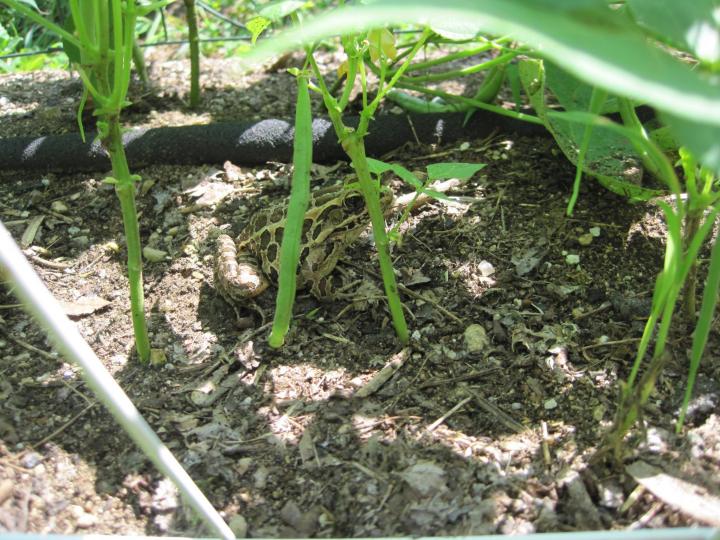
This northern leopard frogs spots make him blend right in so he can sneak up on his prey.
- The pickerel frog (Lithobates palustris) is a 2-4 inch long greenish-brown frog with dark spots similar to the leopard frog in the picture above. It has toxic secretions that can kill small animals and other amphibians and cause irritation so be sure to wash your hands well after handling them. They like ponds and slow-moving streams. Its call is a 2-second long snore.
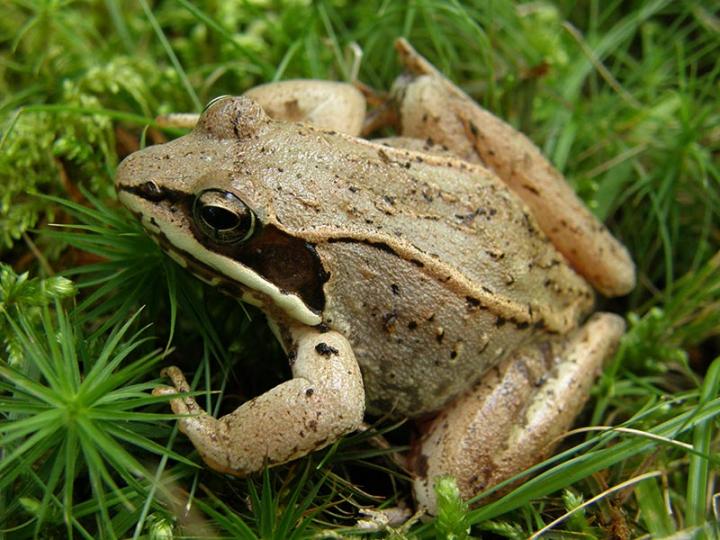
- The wood frog (LIthobates sylvatica) is a green and brown frog that lives in woodlands but also can be found north of the Arctic Circle - no trees there! They have antifreeze-like chemicals in their bodies that prevent them from freezing to death in winter. They are one of the first to awaken and mate in spring. Their call sounds like ducks quacking.
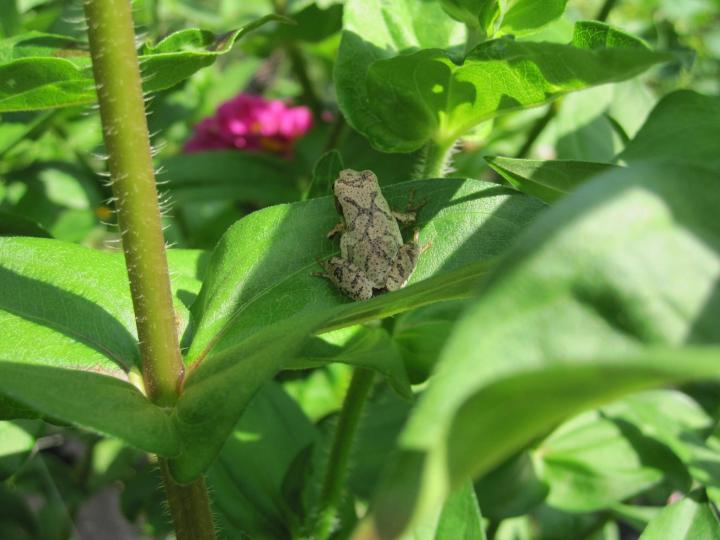
Compared to the zinnia leaf it is sitting on this peeper is pretty small! See the cross on its back?
- Spring peepers (Pseudocris crucifer) are one of the first signs of spring in my neck of the woods. These tiny 3/4 inch to 1 1/2 inch frogs are loud! They will sing day and night if the temperature stays above freezing. They are gray or tan with a darker cross on their back which gives them their Latin name crucifer meaning cross. They eat beetles, ants, flies, and spiders.
Learn more about wood frogs and spring peepers—and listen to their sound!
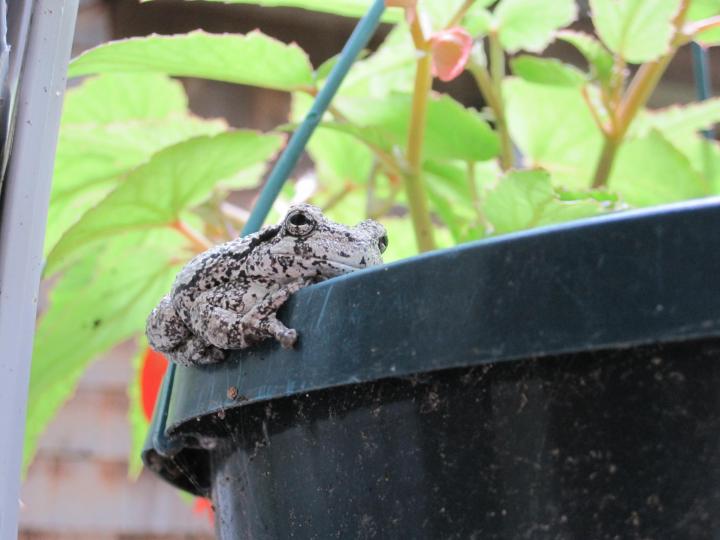
This little peeper was napping in a hanging basket on the back porch.
- Tree frogs are nocturnal and can change color to match their surroundings. Outdoor lights that attract moths, and other bugs will also draw them into the feast. Their sticky toe pads make them good climbers. The gray tree frog (Hyla versicolor) has a call that sounds like a loud bird trill. You will hear them in summer on warm, humid nights, often before a thunderstorm.
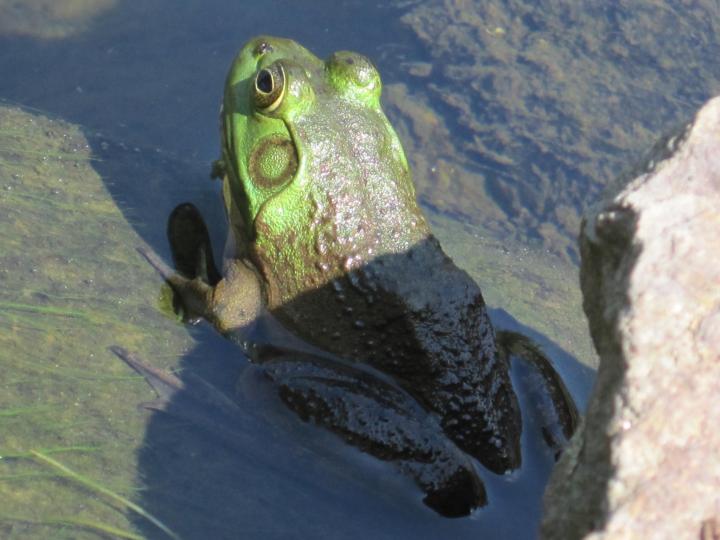
To tell if this is a male or female green frog, look at the round ear spot behind the eye. If it is larger than the eye, then it is a boy.
A shallow pond will be appreciated by frogs and toads alike since both lay their eggs in water. It doesn't have to be large. About 2 to 3 feet across and 6 inches deep works fine. Line it with a large black plastic trash bag anchored around the edges with flat stones. Put a few large rocks in the middle to give perching spots. Leave out the fish - they will eat your tadpoles.
Since tadpoles eat algae and micro-organisms from decaying plant matter, you don't have to keep the pond too clean. Leave a buffer of plants around the pond so the frogs to have a place to hide. Garden beds full of native plants provide shelter and insects for your amphibious friends. Brush piles, piles of rocks, and leaf litter also give them places to hide.
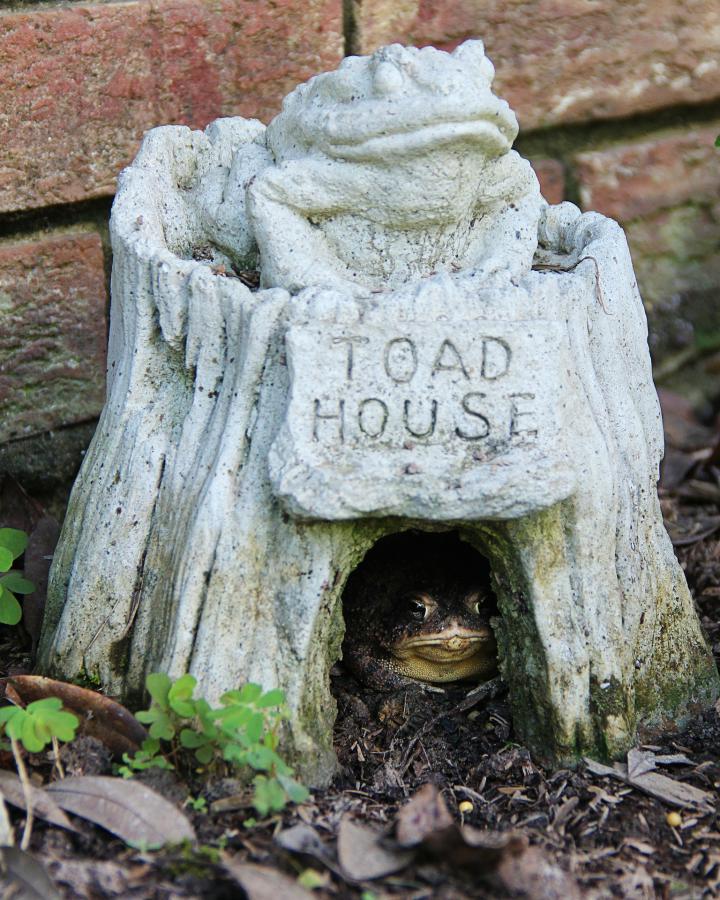
You can purchase a cute toad house but it is quite simple to make your own.
Make a toad abode
Just place a large clay pot on its side in a shady spot amongst your plants. To make it more enticing, add a shallow dish of water nearby.
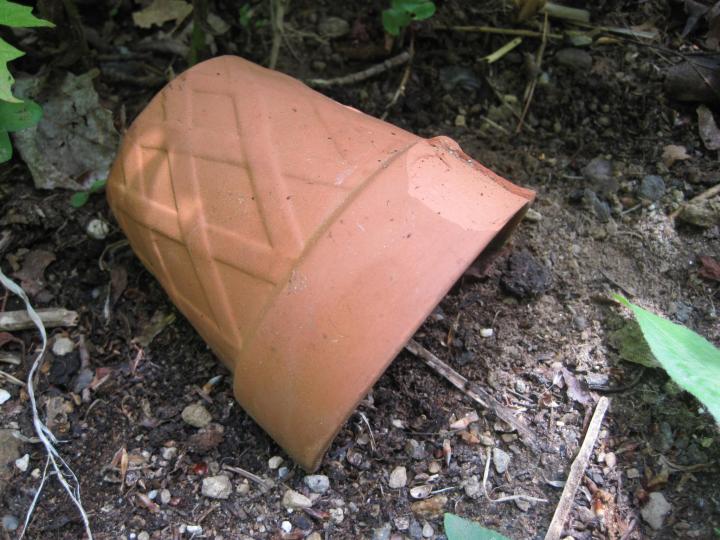
Every gardener has a cracked pot lying around. Put it to good use as a toad abode.
Now learn about common beneficial insects in the garden!





















